Russian teenager Vladimir Vinnichevsky (1923-1940) murdered several children and left behind an encrypted note. Can a reader make sense of it?
Encrypted notes from criminals and crime victims have always been among the most popular topics in crypto history. Among the most notable are:
There’s much more. It would be no problem to fill a whole book with criminal cases involving encryption.
The Vinnichevsky case
A case that is not covered in the crypto literature I know is the one of Russian teenage child murderer Vladimir Vinnichevsky (1923-1940).
As it seems, all online information avaiblabe about the Vinnichevsky case is in Russian. Here’s a Russian web-site (you might want to look at it in the Google Translate version).
Vladimir Vinnichevsky was executed in 1940. He had been found guilty of the abduction of 17 children. His victims were between two and four years old. He killed eight children by strangling or stabbings, nine more were seriously injured.
The Vinnichevsky Cryptogram
In Vladimir Vinnichevsky’s possession the police found a piece of paper that is referred to as “encrypted note” on the web-site linked above.
According to the web-site, this note represents a numbered list of the crimes Vinnichevsky committed. I haven’t found any further information about this sheet. As it seems, it is not known what the notes mean. The text might be a mixture of words, abbreviations and code expressions.
Can a reader make sense of this cryptogram? Does anybody know more about this murder case that seems to be fairly unknown in the Western world?
Follow @KlausSchmeh
Further reading: When Encryption Baffles the Police: A Collection of Cases

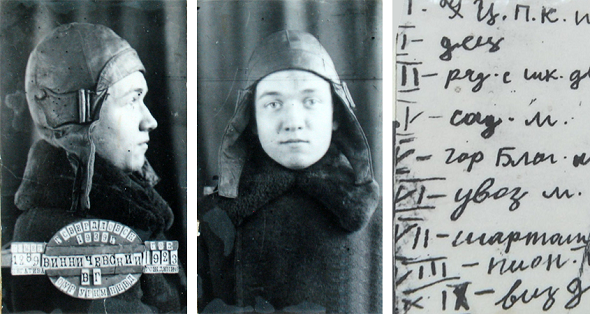

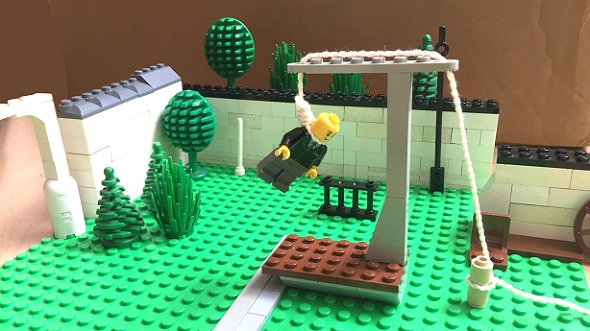



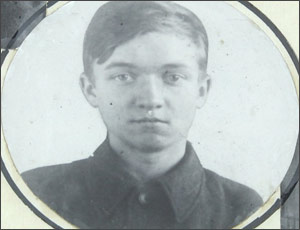
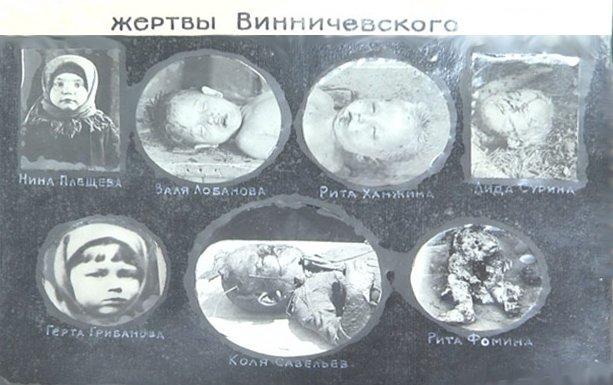
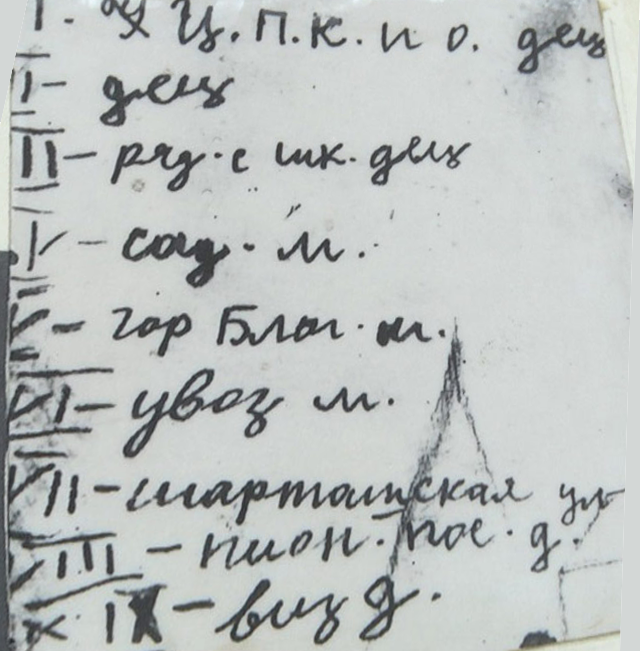

Kommentare (27)